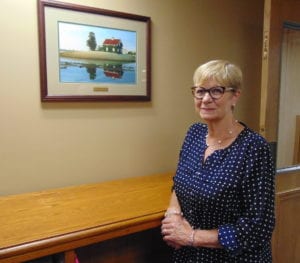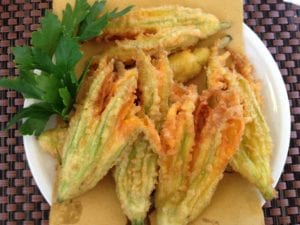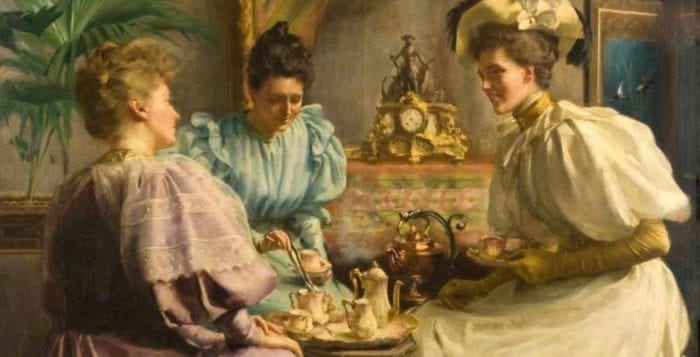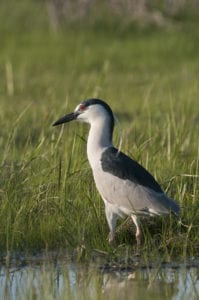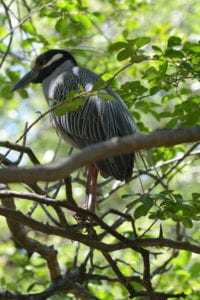CENTERPORT: The first floor of The Hall of Fishes at the Suffolk County Vanderbilt Marine Museum has reopened following the Marine Collections Conservation Project. The second floor remains closed temporarily while the nearly 1,500 wet specimens, recently conserved, are organized and returned to their exhibition cases.
Supported by a $135,000 grant from The Robert David Lion Gardiner Foundation, the conservation project began in the summer of 2015. Work included conserving five taxidermied flamingos and a group of dry-mounted fish specimens, the repair of three shore bird dioramas and restoration of the diorama background paintings, and the creation of a new undersea painting for a large-scale exhibition case.
“We’re indeed fortunate to have some of the finest restoration experts from the American Museum of Natural History in New York City to help us with the conservation and preservation of the collection,” said Stephanie Gress, director of curatorial affairs for the Vanderbilt.
“Their exceptional skills allow us to be the careful stewards of Mr. Vanderbilt’s legacy, a marine and natural history museum for the education and enjoyment of the people of Long Island and beyond,” she said.
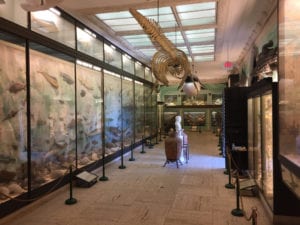
The specimen conservation work was completed in New Jersey at Wildlife Preservations, the studio of taxidermist George Dante. He and his colleagues cleaned decades of dust from the specimens, touched up fins and feathers, and returned them to the Vanderbilt.
Sean Murtha, an artist who specializes in fine-art background paintings for museum dioramas, recreated an 8×10-foot painting of the ocean floor to replace the faded original created in 1924. Thomas Doncourt, a foreground artist, restored the habitat in the Caribbean shore bird dioramas, which included recreating a crumbled section of beach in one diorama. Murtha also restored sections of the paintings in those dioramas.
Murtha and Doncourt are both former staff members of the American Museum of Natural History (AMNH), and Dante is a top AMNH taxidermy consultant. The three are part of the continuous, century-long Vanderbilt-AMNH collaboration that began when William K. Vanderbilt II (1878–1944) hired artisans and scientists from the museum to design the habitat dioramas in his own new museum in the 1920s. Vanderbilt also hired artist William Belanske, who accompanied him on his world voyages and became his resident artist and curator.
Over the past several years, the three artists also completed extensive work on the wild-animal dioramas in the museum’s Stoll Wing, funded by two $100,000 grants from the Roy M. Speer Foundation.
The Suffolk County Vanderbilt Museum is located at 180 Little Neck Road in Centerport. Summer hours are Tuesdays to Saturdays from 11 a.m. to 5 p.m. and Sundays from noon to 5 p.m.
General museum admission is $8 for adults, $7 for students with ID and seniors (62 and older), and $5 for children 12 and under, which includes estate-grounds access to the Marine Museum, Memorial Wing natural-history and ethnographic-artifact galleries, Nursery Wing, Habitat Room, Egyptian mummy and Stoll Wing animal-habitat dioramas. For a mansion tour, add $6 per ticket.
For further information, call 631-854-5579 or visit www.vanderbiltmuseum.org.








